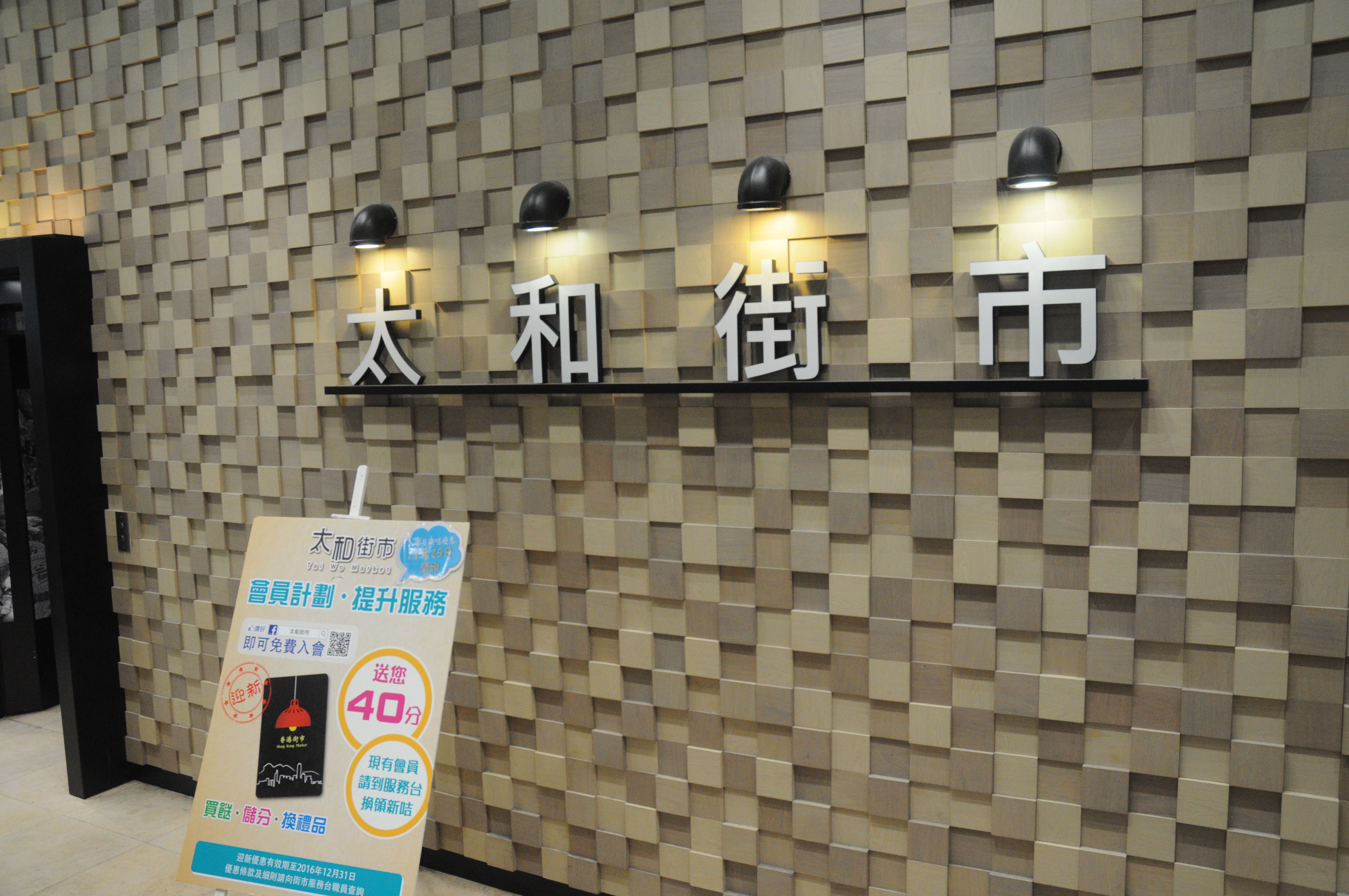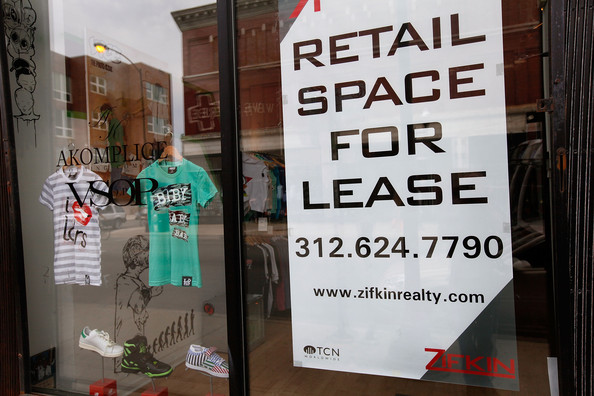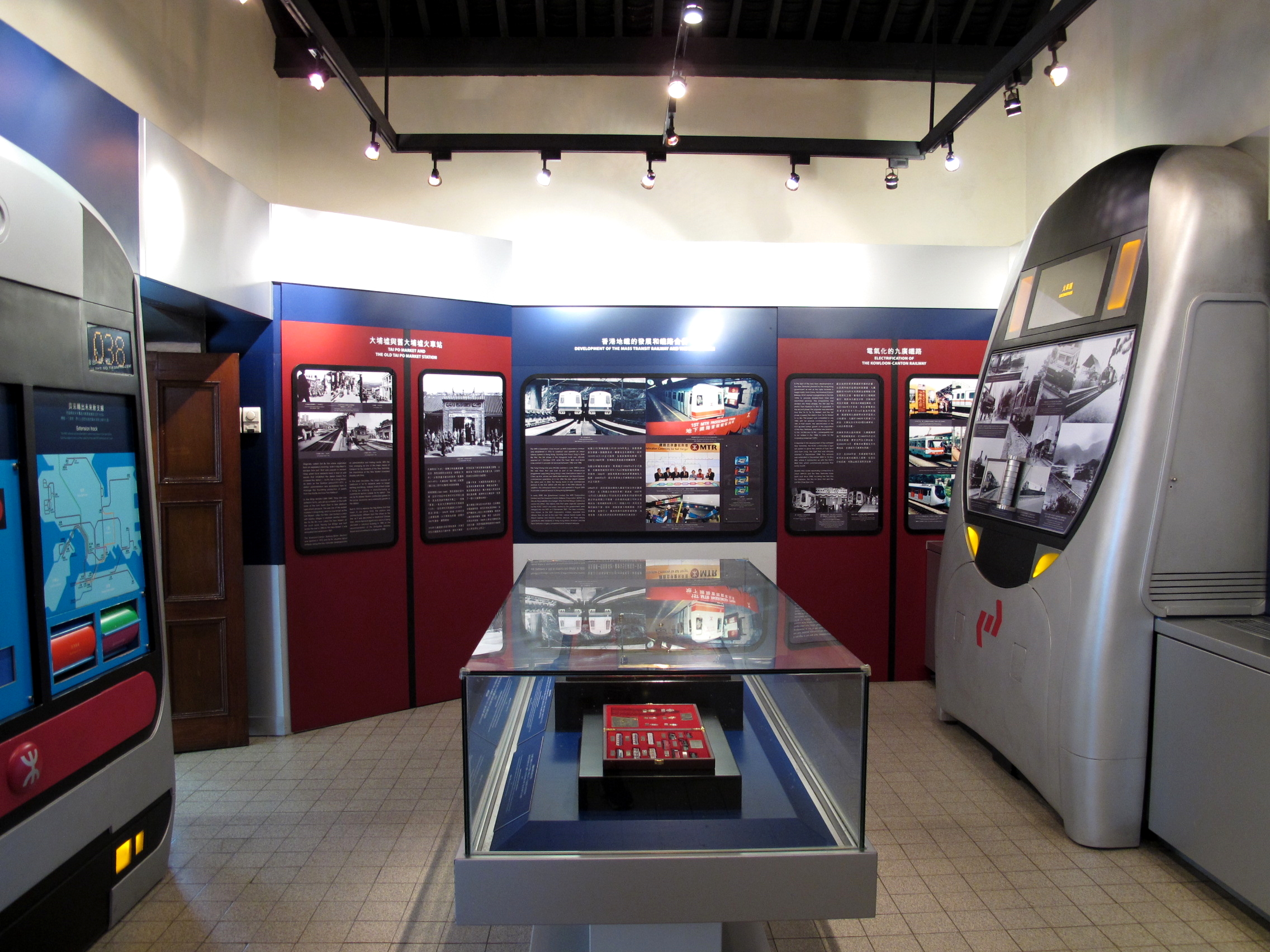|
Tai Wo
Tai Wo () or known as Tai Wo Market are the names of several areas in the Tai Po District, in the New Territories of Hong Kong. The boundaries changed from time to time. In present time, the name "Tai Wo" mostly refers to the area surrounding the Tai Wo station of the East Rail line and the Tai Wo Estate. However, historically, Tai Wo referred to the area that currently called Tai Po Market. Despite Tai Po Market was also the old name of another area, which currently known as Tai Po Old Market. All three areas are now part of Tai Po New Town ( Tai Po Town or just Tai Po), a satellite town (suburb) that co-jointed with the existing indigenous villages. History Recent years Currently, Tai Wo forms the north-western part of Tai Po Town. It has its own railway station Tai Wo station of the East Rail line and a shopping centre. Tai Wo Estate and Po Nga Court are large public housing estates in the area, which they were situated on the northern shore of the Lam Tsuen River. Thei ... [...More Info...] [...Related Items...] OR: [Wikipedia] [Google] [Baidu] |
Tai Wo Estate
Tai Wo Estate () is a mixed TPS and public housing estate in Tai Po, New Territories, Hong Kong, near MTR Tai Wo station. It is one of the public housing estates in Tai Po that is not built on the reclaimed land. The estate consists of nine residential buildings completed in 1989. Some of the flats were sold to tenants through Tenants Purchase Scheme Phase 3 in 2000. Po Nga Court () is a Home Ownership Scheme court in Tai Po, near Tai Wo Estate. It consists of three residential buildings built in 1989. Houses Tai Wo Estate Po Nga Court Demographics According to the 2016 by-census, Tai Wo Estate had a population of 19,979 while Po Nga Court had a population of 6,759. Altogether the population amounts to 26,738. Politics For the 2019 District Council election, the estate fell within two constituencies. Most of the estate is located in the Tai Wo constituency, which is represented by Olive Chan Wai-ka, while the remainder of the estate and Po Nga Court falls within the Po ... [...More Info...] [...Related Items...] OR: [Wikipedia] [Google] [Baidu] |
Land Lease
A lease is a contractual arrangement calling for the user (referred to as the ''lessee'') to pay the owner (referred to as the ''lessor'') for the use of an asset. Property, buildings and vehicles are common assets that are leased. Industrial or business equipment are also leased. Basically a lease agreement is a contract between two parties: the lessor and the lessee. The lessor is the legal owner of the asset, while the lessee obtains the right to use the asset in return for regular rental payments. The lessee also agrees to abide by various conditions regarding their use of the property or equipment. For example, a person leasing a car may agree to the condition that the car will only be used for personal use. The term rental agreement can refer to two kinds of leases: * A lease in which the asset is tangible property. Here, the user '' rents'' the asset (e.g. land or goods) ''let out'' or ''rented out'' by the owner (the verb ''to lease'' is less precise because it can r ... [...More Info...] [...Related Items...] OR: [Wikipedia] [Google] [Baidu] |
Tai Po Waterfront Park
Tai Po Waterfront Park () is a park in Tai Po in the New Territories of Hong Kong. It is located along the Tolo Harbour, and its western end is at the northern part of the mouth of the Lam Tsuen River. It occupies an area of , and is the largest park managed by the Leisure and Cultural Services Department. The Park opened in 1994 at a cost of $210-million, but was not completed until 1997 with the creation of the Tai Po Lookout Tower. Every year, the Tai Po Dragon boat, Dragon Boat Race is held in the sea off the park. Facilities The park has a wide range of public facilities including rest gardens, sitting-out areas, an insect house, a promenade along the harbour front, a jogging trail with fitness stations and a 600-seat amphitheatre. The park also has the only dedicated model boat pool in Hong Kong. The park is also the start of the popular cycle route to Tai Mei Tuk. Cycle hires are available in the park. Lookout tower The lookout tower is high and gives visitors a pano ... [...More Info...] [...Related Items...] OR: [Wikipedia] [Google] [Baidu] |
Old Tai Po Police Station
The Old Tai Po Police Station is a former Hong Kong police station at the top of Tai Po Wan Tau Tong Hill. It is located at No. 11 Wan Tau Kok Lane, Tai Po, New Territories, Hong Kong, near the Old District Office North.Brief Information on Proposed Grade I Items, pp. 326-327 History The Old Tai Po Police Station was built in 1899, shortly after the British leased the New Territories in 1898. It was the first police station and police headquarters in the New Territories. It is said to have been built at the site of the[...More Info...] [...Related Items...] OR: [Wikipedia] [Google] [Baidu] |
Tai Po Market Station
Tai Po Market (; : ) is an MTR station on the in the New Territories, Hong Kong. Located between Flagstaff Hill and Wan Tau Tong Estate in Tai Po, and adjacent to the eponymous market town, the station has three tracks and four platforms. Platform 1 is for northbound trains to border crossing stations at Lo Wu and Lok Ma Chau and platform 4 is for southbound trains to Hung Hom, Kowloon while platforms 2 and 3 use the same track and is reserved for peak hour traffic. History Between 1913 and 1982, the old Tai Po Market station located within the Tai Po Market proper served the passengers of Tai Po. The old station is a 10-minute walk from the current one. During the electrification of the Kowloon–Canton Railway (British Section) (now known as the East Rail line), the station was relocated to the current location on 7 April 1983, while the old station building became a part of the Hong Kong Railway Museum. On 2 May the same year, the KCR was electrified to Tai Po Market ... [...More Info...] [...Related Items...] OR: [Wikipedia] [Google] [Baidu] |
Hong Kong Railway Museum
The Hong Kong Railway Museum is a railway museum in Tai Po, Hong Kong. It is now under the management of the Leisure and Cultural Service Department. Opened on 20 December 1985, it is located at the site where the old Tai Po Market railway station was built in 1913. Admission to the museum is free. History The Kowloon–Canton Railway (British Section) opened in 1910 in Tai Po Market was one of the stops in the New Territories. The station building was erected in 1913. Since then, it has acted as a centre of administration and trade, which indirectly boosted Tai Po Market's economy by bringing traders there. The Kowloon–Canton Railway was electrified in 1983 and the station was taken out of service, with the opening of the new Tai Wo station north of it and the new Tai Po Market station south of it. One year later, the Old Tai Po Market Railway Station was declared a monument. The site, together with the buildings and relevant exhibits, were then given to Regional Council ... [...More Info...] [...Related Items...] OR: [Wikipedia] [Google] [Baidu] |
Indigenous Inhabitants Of The New Territories (Hong Kong)
Indigenous inhabitants refers to the people descended through the male line from a person who was in 1898, before Convention for the Extension of Hong Kong Territory was signed, a resident of an established village in the New Territories of Hong Kong. They have special rights to preserve their customs. When the sovereignty of Hong Kong was transferred from the United Kingdom to the People's Republic of China in 1997, these special rights were preserved under the Hong Kong Basic Law. Article 40 of the Basic Law : The lawful traditional rights and interests of the indigenous inhabitants of the "New Territories" shall be protected by the Hong Kong Special Administrative Region. Special rights Special rights are restricted to the village that the indigenous inhabitant is from. In order to protect the tradition of villages, male indigenous inhabitants have the right to apply for '' small house'', known as ''Ting Uk'' (; Hong Kong Hakka: ''Den1 Vuk5''). Properties are only i ... [...More Info...] [...Related Items...] OR: [Wikipedia] [Google] [Baidu] |
Heung Yee Kuk
The Heung Yee Kuk, officially the Heung Yee Kuk N.T., is a statutory advisory body representing establishment interests in the New Territories, Hong Kong. The council is a powerful organisation comprising heads of rural committees which represent villages and market towns. From 1980 to 2015, it was chaired by Lau Wong-fat, a billionaire landowner and heavyweight political figure in the pro-Beijing camp,Bridge Builder , Christine Loh, Civic Exchange until he stepped down and was succeeded by his son . The organisation has its own |
2015 Hong Kong Local Elections
The 2015 Hong Kong District Council elections were held on 22 November 2015. Elections were held to all 18 District Councils with returning 431 members from directly elected constituencies after all appointed seats had been abolished. A record-breaking 1.4 million voters, or 47 per cent of the registered voters, went to cast their votes. The pro-Beijing camp retained its control of all 18 councils with the Beijing-loyalist party Democratic Alliance for the Betterment and Progress of Hong Kong (DAB) maintained the largest party far ahead of other parties. The pan-democrats failed to seize control of the Kwai Tsing District Council, a traditional stronghold of the pan-democrats. Both sides lost their heavyweight incumbent Legislative Councillors. Albert Ho of the Democratic Party and Frederick Fung of the Hong Kong Association for Democracy and People's Livelihood (ADPL) who were both elected through District Council (Second) constituency lost their seats while Civic Party's ... [...More Info...] [...Related Items...] OR: [Wikipedia] [Google] [Baidu] |
Tai Po Hui (constituency)
Tai Po Hui is one of the 19 constituencies in the Tai Po District. The constituency returns one district councillor to the Tai Po District Council, with an election every four years. The seat has been currently held by Lam Ming-yat of the TPDA. Tai Po Hui constituency is loosely based on Tai Po Market Tai Po Market or Tai Po Hui is the name of an area within the modern-day Tai Po New Town in the Tai Po District, in the New Territories, Hong Kong. However, its exact location changed from time to time. It is considered as the town centre of the ... (Tai Po Hui) with estimated population of 19,451. Councillors represented Election results 2010s 2000s 1990s Notes References {{Authority control Tai Po Constituencies of Hong Kong Constituencies of Tai Po District Council 1994 establishments in Hong Kong Constituencies established in 1994 ... [...More Info...] [...Related Items...] OR: [Wikipedia] [Google] [Baidu] |
Po Heung Estate
Po Heung Estate () is a public housing estate in Po Heung Street, Tai Po, New Territories, Hong Kong near Tai Po Market, Hong Kong Railway Museum and Tai Po Hui Sports Centre. Formerly the office of Tai Po Rural Committee and Tai Po Temporary Market, the estate consists of two residential blocks completed in 2016. Houses Politics Po Heung Estate is located in Tai Po Hui constituency of the Tai Po District Council. It was formerly represented by Lam Ming-yat, who was elected in the 2019 elections until May 2021. See also *Public housing estates in Tai Po The following is a list of public housing estates in Tai Po, Hong Kong, including Home Ownership Scheme (HOS), Private Sector Participation Scheme (PSPS), Sandwich Class Housing Scheme (SCHS), Flat-for-Sale Scheme (FFSS), and Tenants Purchase ... References {{Public housing estates in Hong Kong, state=expanded Residential buildings completed in 2016 Public housing estates in Hong Kong Tai Po ... [...More Info...] [...Related Items...] OR: [Wikipedia] [Google] [Baidu] |
Man Mo Temple
Man Mo Temple or Man Mo Miu is a temple for the worship of the Civil or Literature God Man Tai () / Man Cheong () and the Martial God Mo Tai () / Kwan Tai (). The two Deities were popularly patronized by scholars and students seeking progress in their study or ranking in the civil examinations in the Ming and Qing dynasties.Brief Information on Proposed Grade I Items, pp.31-32 There are several Man Mo temples in Hong Kong, the best known of which is the temple in Sheung Wan. Sheung Wan [...More Info...] [...Related Items...] OR: [Wikipedia] [Google] [Baidu] |



.jpg)

